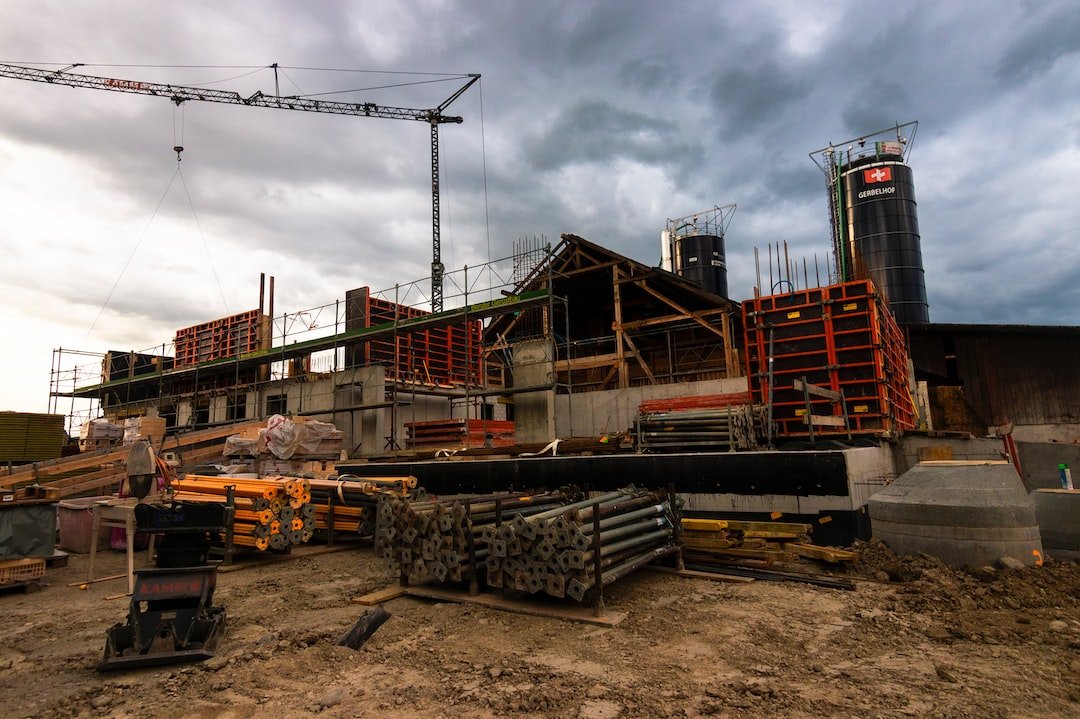Predictive Maintenance: Improving Machine Reliability with Data Analytics
In the modern era, industries have witnessed a rapid advancement in technology. This has led to an increase in the reliance on complex machinery and equipment to carry out various processes efficiently. It is no secret that the failure of these machines can prove to be both costly and time-consuming, leading to delays in production and reduced output. In order to alleviate these concerns, predictive maintenance has emerged as a promising solution to improve machine reliability, minimize downtime, and reduce maintenance costs.
So, what exactly is predictive maintenance? Put simply, it is a proactive approach that leverages data analytics and machine learning algorithms to predict and prevent potential failures in equipment. By analyzing historical and real-time data, this methodology determines the optimal time for maintenance, allowing for timely repairs or replacements to be carried out before any major breakdown occurs.
Traditionally, maintenance practices were based on schedules or reactive approaches such as the “run-to-failure” method. This often meant that machinery was only repaired or replaced when it broke down, leading to unplanned downtime and increased costs. Predictive maintenance, on the other hand, enables businesses to adopt a condition-based approach. By continuously monitoring the health of equipment through sensors and collecting data on factors such as temperature, vibration, and operating conditions, companies can identify patterns and warning signs of potential failures.
Leveraging Big Data and analytics, predictive maintenance models can detect anomalies and patterns in the equipment’s behavior that indicate an impending failure. These models use historical data to train algorithms that can then predict future failures based on various parameters. By continuously collecting real-time data from the machines, the models can be further refined and accuracy can be improved over time.
One of the key benefits of predictive maintenance is the reduction in unplanned downtime. By regularly monitoring equipment and identifying potential failures in advance, businesses can schedule maintenance activities during planned downtime, minimizing disruptions to production. This not only increases overall productivity but also extends the lifespan of the machines, leading to cost savings in the long run.
Another advantage of predictive maintenance is the ability to optimize maintenance schedules and minimize unnecessary maintenance. Instead of relying on fixed intervals or predetermined schedules, companies can now tailor maintenance activities based on the actual health condition of the equipment. This reduces the frequency of routine check-ups and servicing, saving valuable resources and enhancing operational efficiency.
Furthermore, predictive maintenance helps in optimizing spare parts inventory. By accurately predicting failures, companies can maintain an appropriate stock of spare parts and minimize the possibility of out-of-stock situations. This improves procurement planning and reduces the need for emergency purchases, resulting in cost savings and improved supply chain management.
In addition to cost savings and increased efficiency, predictive maintenance also enhances safety. By proactively identifying potential failures, the risk of accidents caused by malfunctioning equipment is significantly mitigated. This not only protects the employees but also safeguards the surrounding infrastructure.
Implementing predictive maintenance, however, requires a robust data analytics infrastructure and expertise. Companies need to invest in data collection systems, data storage facilities, and analytics tools to effectively manage and analyze the vast amount of data generated. Furthermore, skilled data scientists and analysts are required to develop and maintain the predictive models, ensuring accurate predictions and reliable insights.
Moreover, predictive maintenance also demands a cultural shift within organizations. It requires a change in mindset from reactive maintenance to proactive and data-driven decision-making. It necessitates a commitment to continuously monitor and analyze machine data to drive actionable insights and enable preventive actions.
In conclusion, predictive maintenance is revolutionizing the way industries manage their machinery and equipment. By leveraging data analytics and machine learning algorithms, businesses can predict and prevent potential failures, improving machine reliability, reducing downtime, and enhancing operational efficiency. While the implementation of predictive maintenance may involve substantial investment and organizational changes, the long-term benefits outweigh the costs. As technology continues to evolve and data analytics capabilities further enhance, predictive maintenance will continue to play a critical role in optimizing the performance of machinery in various industries.
